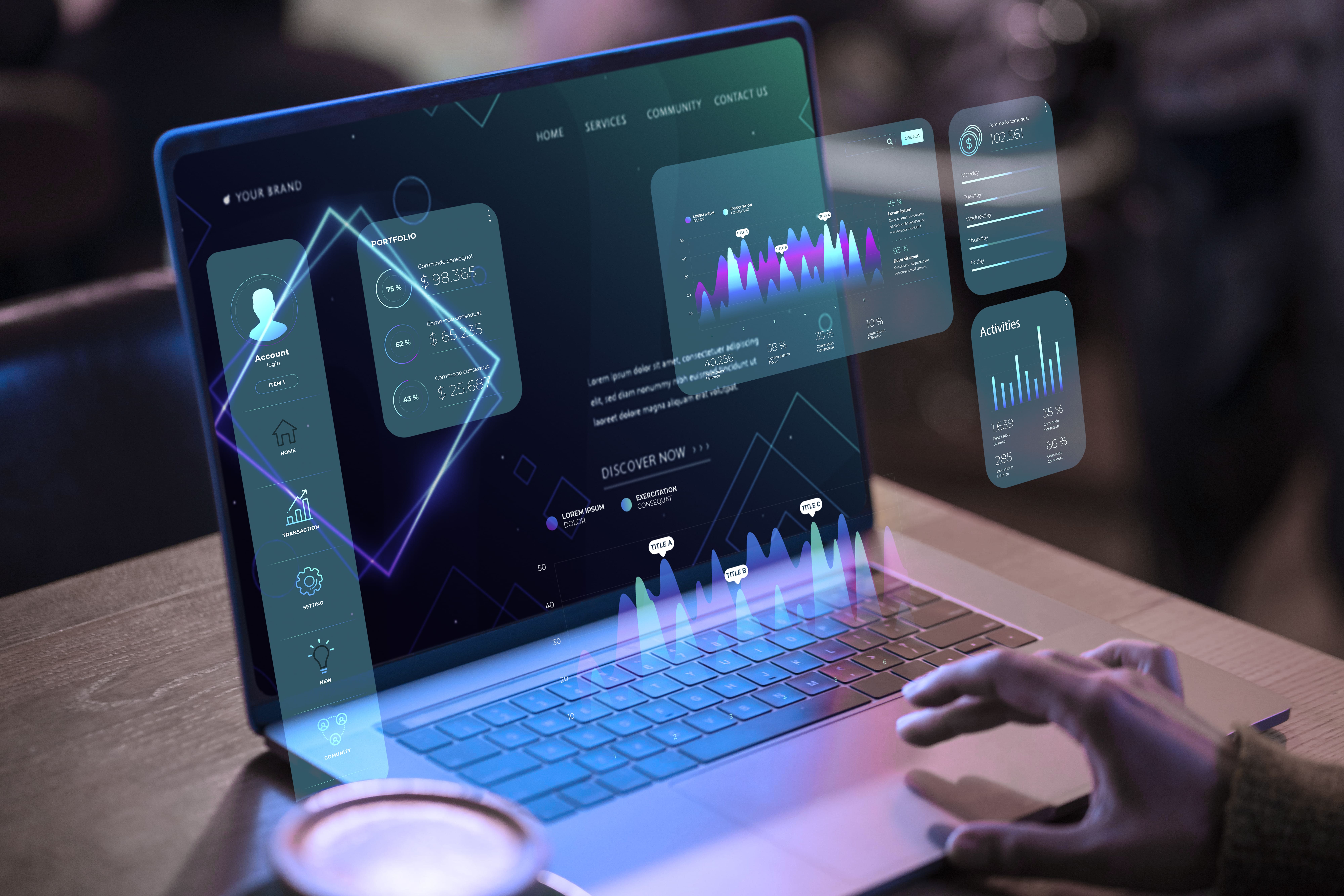Intelligent Debriefing Analytics

Decode Every Incident.
Forecast The Next.
Because in mission-critical moments, clarity is everything.
When every second matters — and lives, infrastructure, or reputations are on the line — there's no room for uncertainty. IDA becomes your strategic command center, aggregating data from diverse digital and human sources to provide a 360-degree situational view of each incident — past or present — and equips you with the intelligence to forecast and prevent the next.
Your incidents hold answers. IDA helps you find them.
From cyber breaches and infrastructure failures to security lapses and large-scale disasters, every incident contains valuable insights. IDA captures, analyzes, and transforms fragmented data into a single, encrypted, real-time intelligence report — delivering actionable accountability and clarity when and where it's needed most.
Built in asia. trusted by india. scalable for the world.
Developed entirely in-house, IDA stands as Asia's only homegrown platform of its kind. Its successful deployment across India's leading public and private organizations has already revolutionized the way high-stakes incidents are managed — enabling faster responses, smarter strategies, and more resilient outcomes.
What Does IDA Actually Do?

Captures & Centralizes
Combines multi-source data into one secure, encrypted report.

Visualizes in Real Time
Real-time dashboards with timelines, metrics, and SOP tracking.

Forecasts What’s Next
AI/ML forecasts threats before they happen.

Continuously Learns & Refines
Learns from every incident to refine future responses.
Key Technologies Behind IDA

Smart features, stronger outcomes.
Social Media Hash Tagging And Indexing
Scans and collects incident-related hashtags, videos, audio, and posts across platforms — enriching the final debriefing with real-world perspectives.
Comparative SOP Analysis
Help distinguish what happened, why it happened, and what it is or isn't supposed to be. Compare SOPs and existing operational plans.
Dashboard-Driven Decisioning
Access intuitive dashboards with real-time metrics and chronologies organized around decision-making for complex, multi-agency operations.
Risk Assessment
Identify potential threats and vulnerabilities through comprehensive risk analysis frameworks that prioritize mitigation strategies.
Data Analytics
Transform raw data into actionable insights with advanced analytics tools that identify patterns, trends, and anomalies to enhance operational effectiveness.
Resource Management
Optimize allocation of personnel, equipment, and supplies across multiple agencies to ensure efficient coordination during critical incidents.
Emergency Response
Coordinate rapid response activities with real-time communication tools and predefined protocols to minimize impact during critical situations.
Incident Reporting
Streamline documentation and reporting processes to ensure accurate, consistent, and timely information sharing across all stakeholders.
Training Simulations
Prepare teams with realistic scenario-based training modules that develop decision-making skills and improve response capabilities.
Crisis Communications
Establish effective communication channels with stakeholders, media, and the public during critical events to maintain transparency and trust.
Compliance Monitoring
Track adherence to regulatory requirements and internal policies with automated alerts and comprehensive audit trails.
Knowledge Management
Capture, organize, and share critical information and lessons learned to build institutional knowledge and improve future responses.
I am Nexus.
